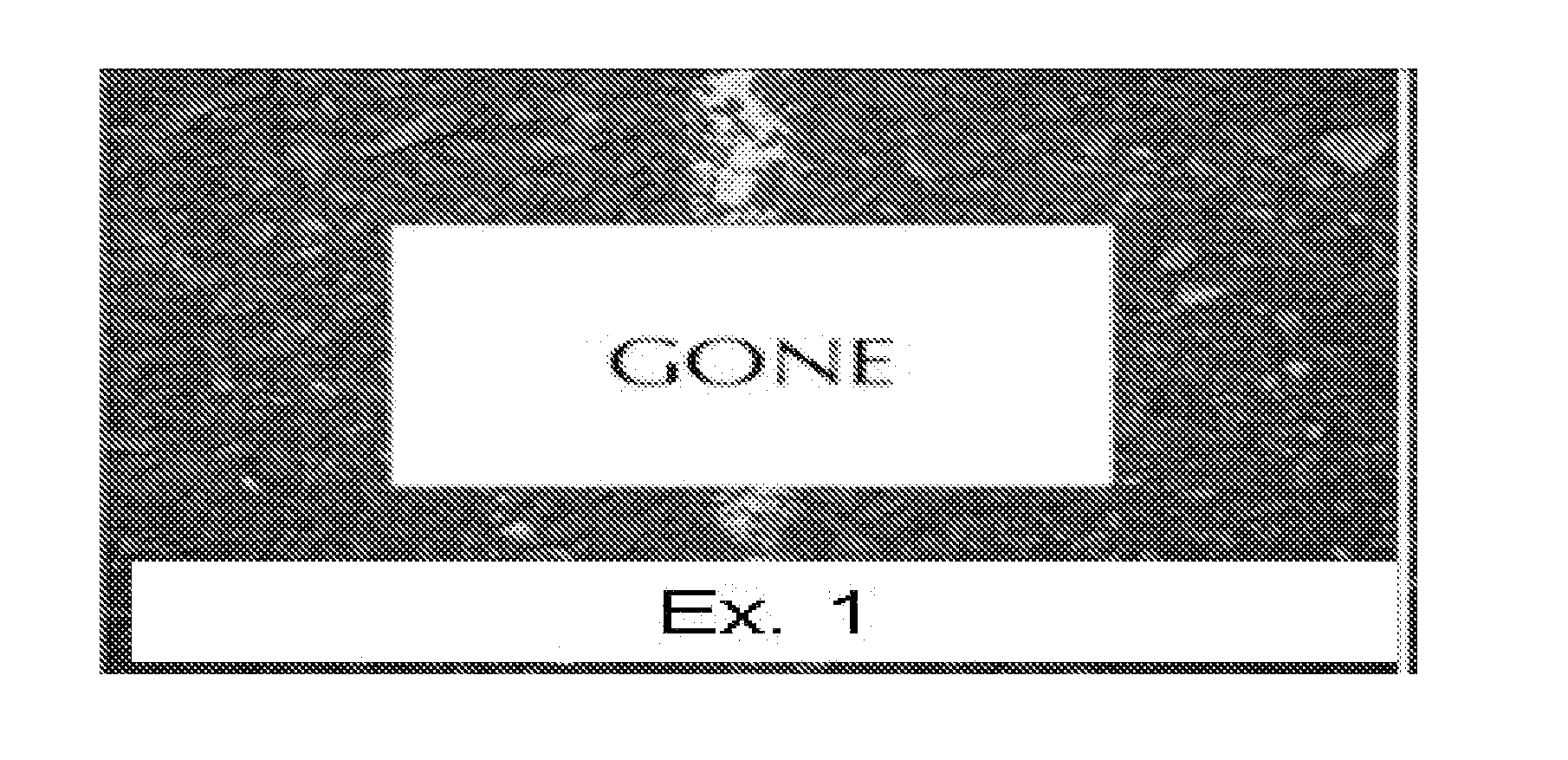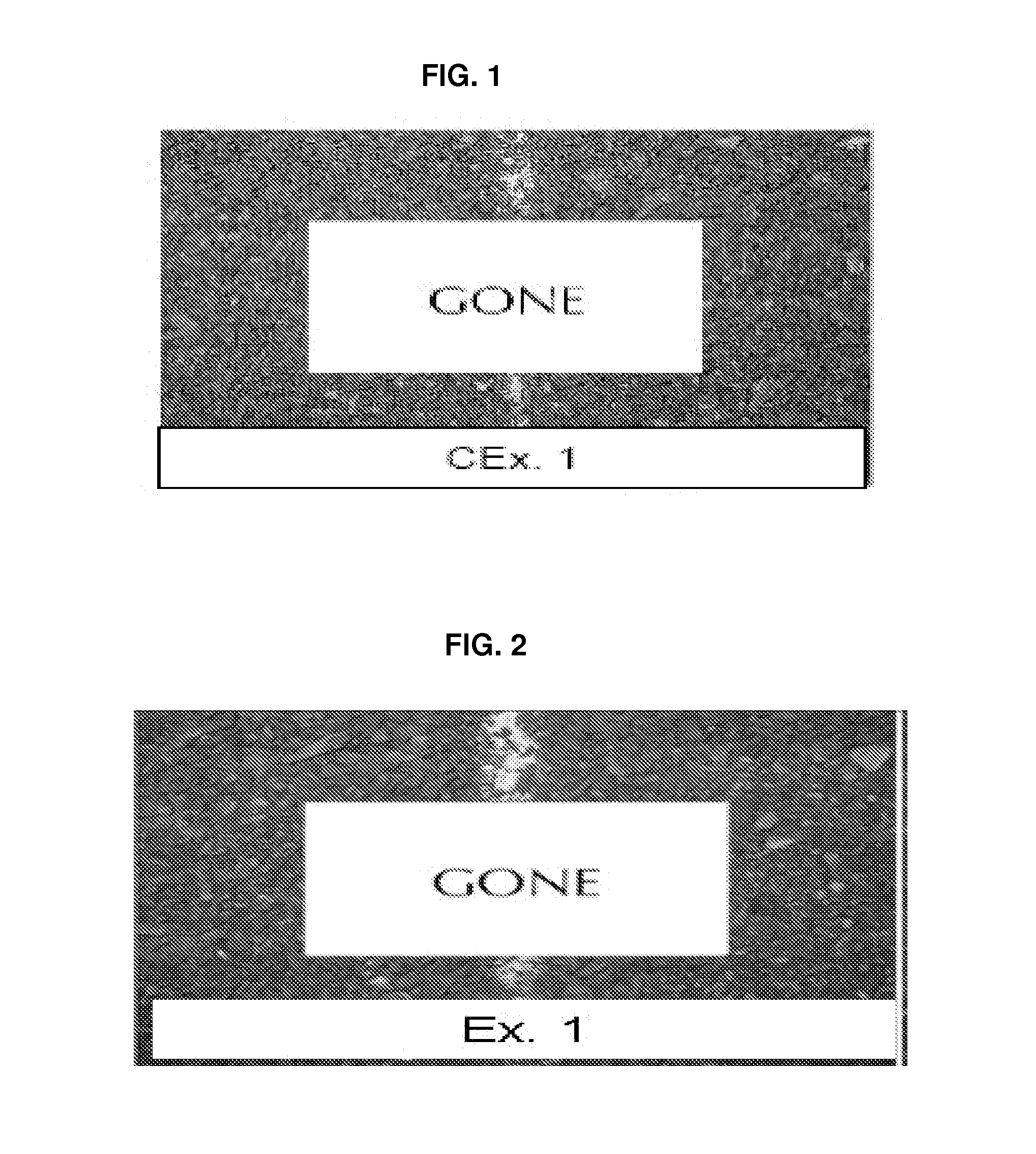Multi-layer high moisture barrier polylactic acid film
a polylactic acid film, high moisture barrier technology, applied in the direction of magnetic bodies, synthetic resin layered products, packaging, etc., can solve the problems of reduced polarity, reduced gas barrier properties, and reduced polarity, etc., to improve the gas barrier properties of biaxially oriented polylactic acid-based films, excellent barrier properties, and excellent metal adhesion
- Summary
- Abstract
- Description
- Claims
- Application Information
AI Technical Summary
Benefits of technology
Problems solved by technology
Method used
Image
Examples
examples 1 to 4
[0088](Ex. 1-Ex. 4) used blends of EVOH and PVOH as well as PVOH alone with crosslinker to obtain a dried crosslinked vinyl alcohol coating upon the BOPLA substrate which is subsequently metallized upon the coated layer via vapor deposition. As Table 1 shows, these Examples show a substantial improvement in moisture barrier properties compared to CEx.1. In particular, Ex. 1 using the Freechem glyoxal crosslinker shows very good moisture barrier.
examples 5 to 7
[0089](Ex. 5-Ex. 7) used PVOH and PVAm (poly-vinyl alcohol-vinyl amine copolymer) blends as well as PVAm alone with and without crosslinkers as a dried coating upon the BOPLA substrate which is then metallized upon the coated layer. These Examples also show substantial improvement in moisture barrier properties compared to CEx. 1. In particular, Example 7's Celanese M6 PVAm blended with epichlorohydrin crosslinker showed very good moisture barrier after metallization.
examples 8 and 9
[0090](Ex. 8, Ex. 9) used anionic carboxylated styrene-butadiene copolymer emulsions as the coating layer upon the BOPLA substrate which is then metallized upon the coated layer. These Examples show a substantial improvement in moisture barrier property when compared to CEx. 1.
[0091]Thus, there has been found a solution to provide significantly improved barrier films made by in-line or off-line coating of BOPLA substrates with excellent appearance utilizing EVOH, PVOH, and crosslinker; vinyl alcohol-vinyl amine copolymers; and styrene-butadiene rubbers either alone or in blends with each other. The use of these coatings provides a surprisingly significant improvement in moisture barrier, particularly after metallizing, over uncoated metallized BOPLA films.
[0092]Moreover, the degradability of these coated BOPLA films is maintained since the coatings are relatively thin compared to the overall substrate and the coatings tend to fragment and disappear along with the BOPLA substrate. FI...
PUM
| Property | Measurement | Unit |
|---|---|---|
| RH | aaaaa | aaaaa |
| RH | aaaaa | aaaaa |
| RH | aaaaa | aaaaa |
Abstract
Description
Claims
Application Information
 Login to View More
Login to View More - R&D
- Intellectual Property
- Life Sciences
- Materials
- Tech Scout
- Unparalleled Data Quality
- Higher Quality Content
- 60% Fewer Hallucinations
Browse by: Latest US Patents, China's latest patents, Technical Efficacy Thesaurus, Application Domain, Technology Topic, Popular Technical Reports.
© 2025 PatSnap. All rights reserved.Legal|Privacy policy|Modern Slavery Act Transparency Statement|Sitemap|About US| Contact US: help@patsnap.com



